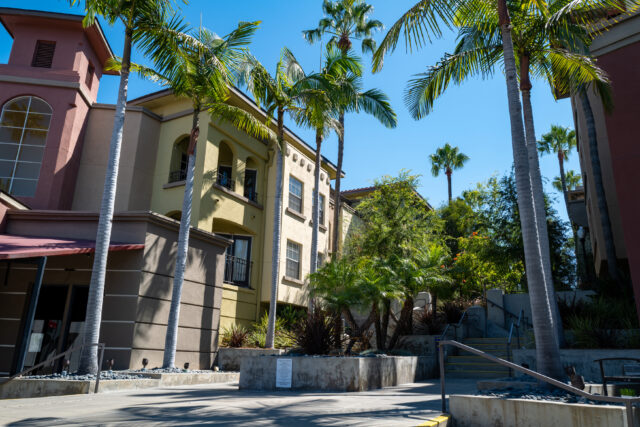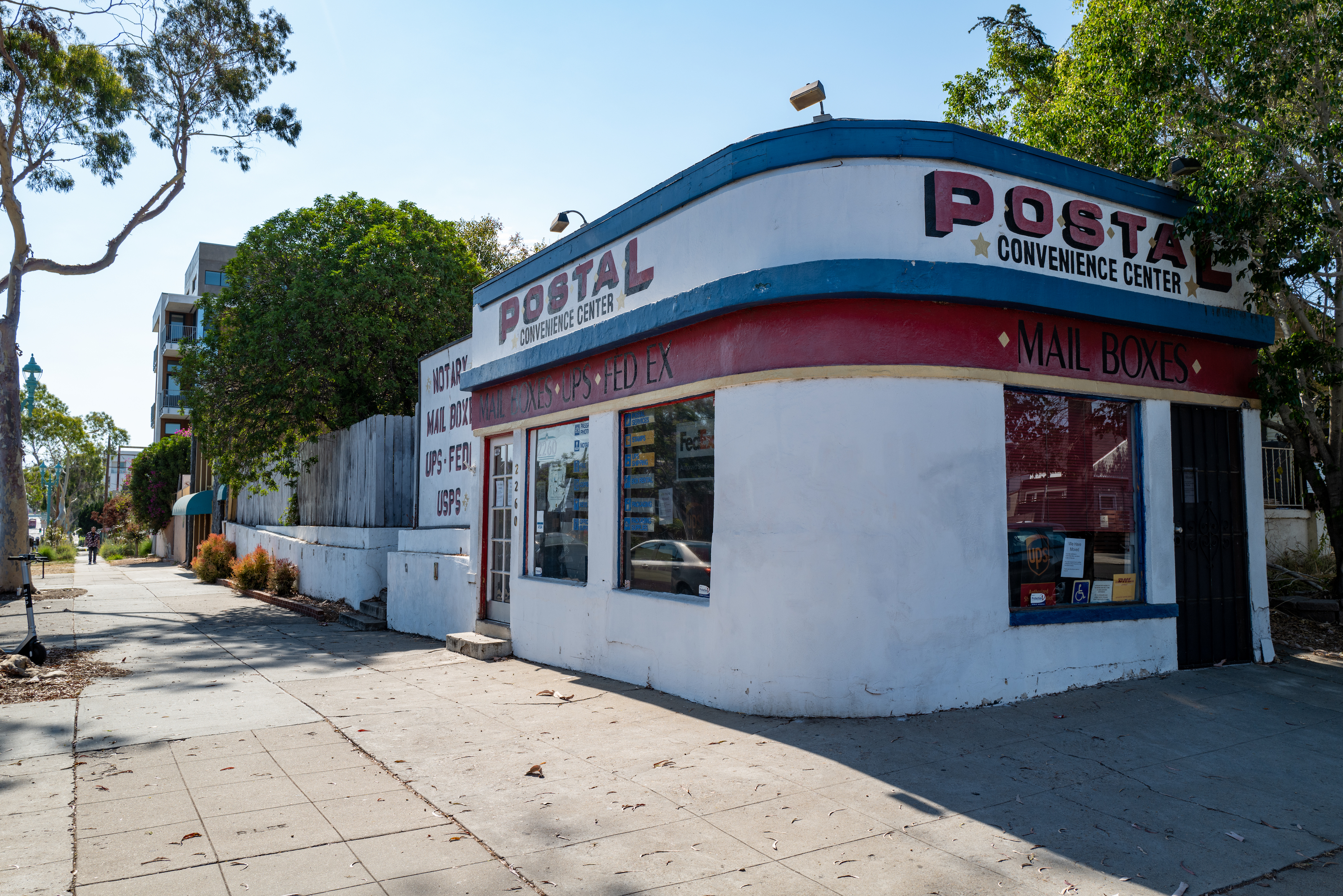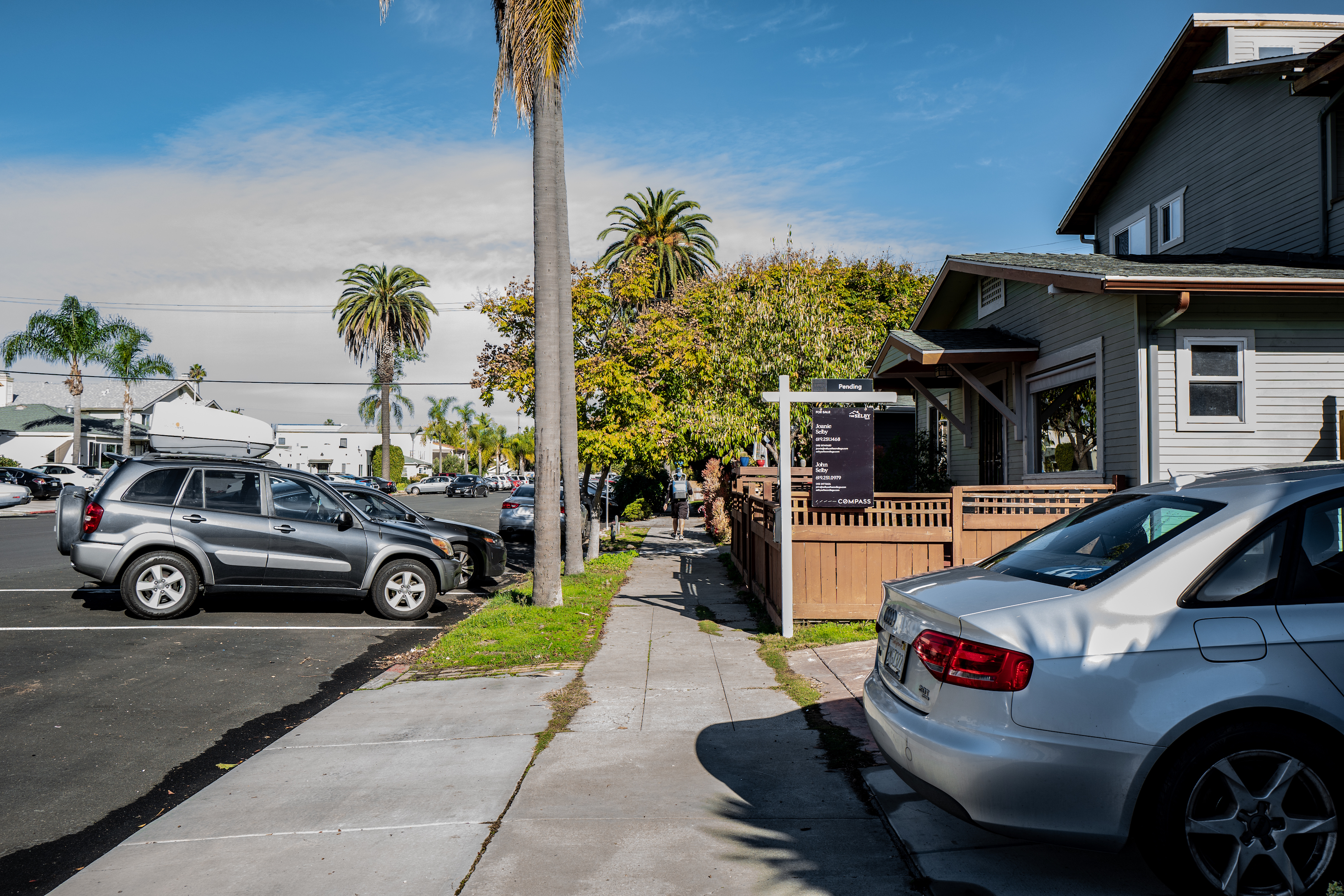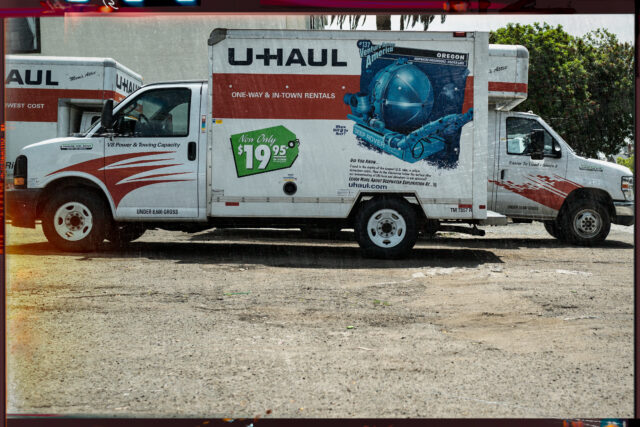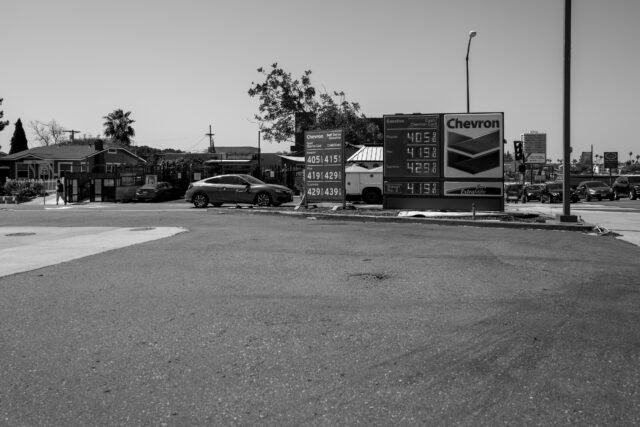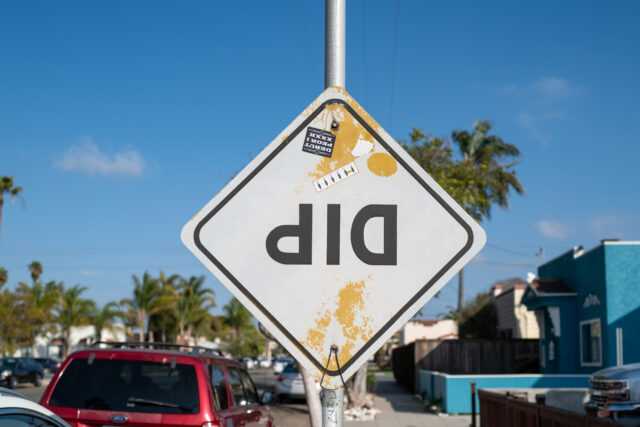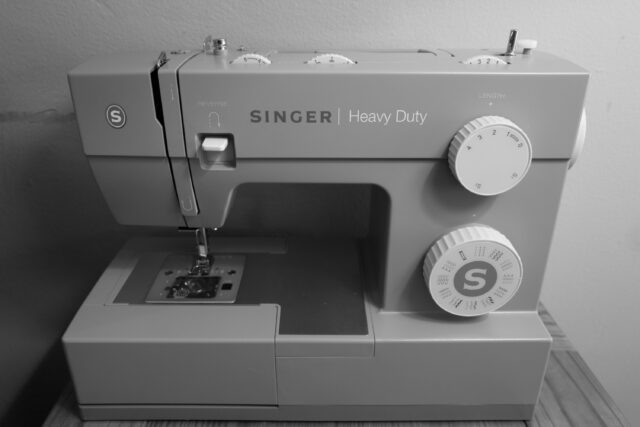When my wife and I last visited San Diego Zoo, on July 21, 2020, we debated about whether or not to renew our residential membership before it expired. With much of California locked down in response to SARS-CoV-2 (severe acute respiratory syndrome Coronavirus 2)/COVID-19—and closures returning—we decided to wait. Had we anticipated a forthcoming price increase, maybe our decision would have been different.
Our 2-adult annual pass during 2018 was $112, if I rightly recall, and either $129 or $149 when renewed. We could have re-upped for $160, with an offer that expired 10 days after our last walkabout among the critters. Since then, the animal refuge switched to individual-only pricing. For comparable benefits as before, which include no blackout dates, our combined renewal rate would be $218, which by my math is a 36-percent increase over our last renewal offer and 95-percent more than our 12-month pass purchased three years ago.

